Drawdown Trading – The Art of Controlling DD
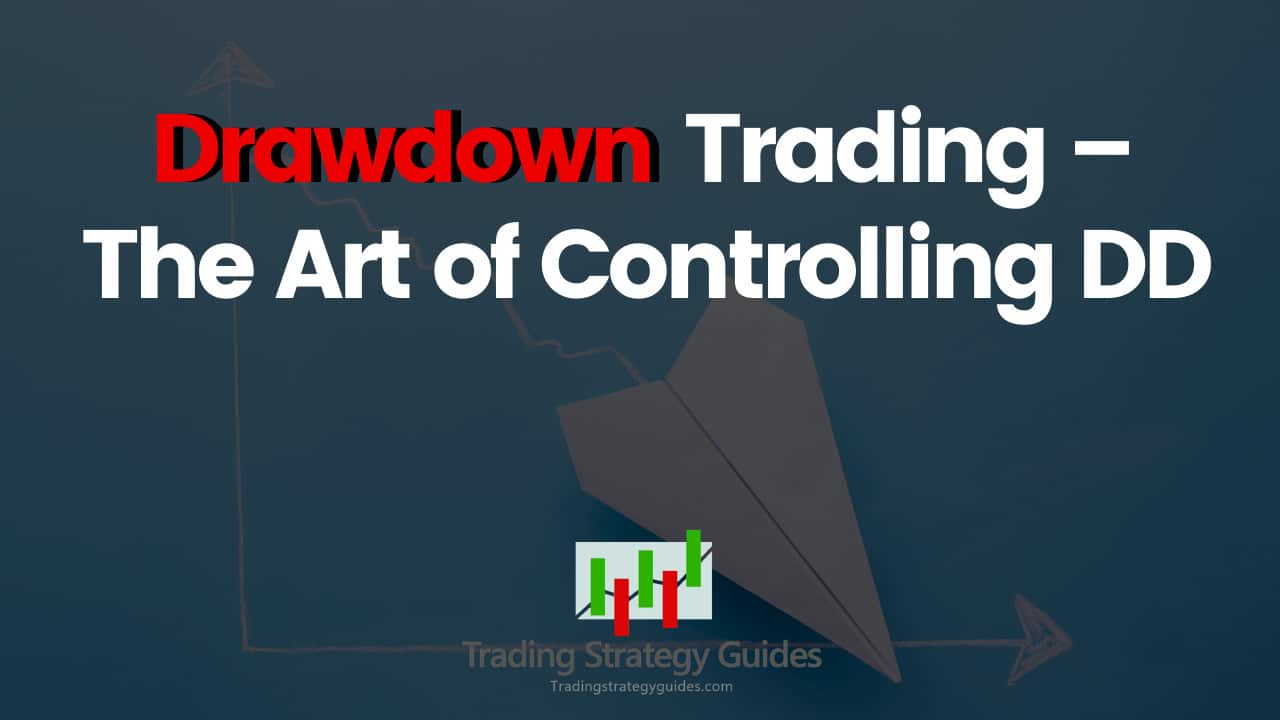
Learning how to manage drawdown trading in Forex is more important than the bottom-line profits. If you don’t know how to control drawdown in forex trading you can lose your entire balance. Our team of industry experts at TSG developed this guide to explain the meaning of drawdown in trading to help you recover from drawdowns.
If this is your first time on our website, our team at Trading Strategy Guides welcomes you. Make sure you hit the subscribe button, so you get your Free Trading Strategy every week directly into your email box.
Novice traders and pro traders are still prone to experience large drawdowns in their trading accounts.
Let me explain…
The psychology behind large forex drawdowns is very easy to understand.
Traders prefer to avoid losses than to try to make a trading profit.
In other words, trading losses can have a more profound effect on traders’ mindset than the pursuit of profits of an equal value.
So, what has this has to do with drawdown forex?
Here’s the thing:
Traders who are already in a loss, rather than accepting the defeat are more inclined to do one of the following things:
- Hold on the loss and HOPE the trade will reverse in his favor
- Take more risk to attempt to recover their loss
- Praying
These are all symptoms of not being able to accept defeat in trading. Pride is one of the many reasons traders lose much more money than they should.
One skill every trader needs to master is the ability to cope with drawdown.
Drawdown is part of the battle.
A trading loss is often just a temporary setback.
The right trading mindset you need to learn is to focus on winning the war.
Our team of experts at TGS has developed this practical drawdown forex trading guide to help you better understand what steps you need to take to keep drawdown low when trading any type of market (forex, stocks, commodities, futures or cryptocurrencies).
Before you learn how to live through trading drawdown and master the art of disciplined trading let’s start with the basics.
What is drawdown in trading?
See below:
Drawdown Meaning in Trading
In trading, the drawdown refers to the peak-to-trough decrease during a particular period for your trading account. In other words, the difference between a peak in the account balance and a low point in the account balance is defined as a drawdown.
That’s the definition of drawdown in Forex trading.
If your Forex trading account balance has $5,000 in funds and you lose $1,000 before making it back, then you suffered a drawdown of $1,000 or 20%.
In essence, drawdown forex is another risk metric to judge the performance of a trader.
The maximum drawdown that you’re going to take in your Forex account is going to come down to your personal risk appetite.
If you take bigger risks, you must live with a larger drawdown percentage.
Inversely, if you take less risk, you’re going to experience a small drawdown percentage. In this case, risking 10% per trade might not be such a good idea.
If you keep experiencing situations where you get close to your maximum drawdown, that’s not an indication for you to extend the maximum drawdown that you allow in your trading strategy.
If your maximum drawdown threshold is often reached, that is a sign that:
- You need to reduce your position size per trade
- You need to start from scratch with your trading strategy and figure out what is going wrong.
Did you know that even the most prestigious hedge funds on Wall Street have stipulated the maximum drawdown they can have?
The standard maximum drawdown in the investment world is about 20%.
The maximum drawdown is going to vary depending on the assets that are being traded.
In the next section, we’re going to touch on the topic of how to calculate DD in trading.
See below:
How to Calculate Drawdown in Forex Trading
There are several measurements of drawdown in forex trading:
- Maximum drawdown
- Relative drawdown
- Absolute drawdown
More or less the formula to calculate drawdown in trading is the same across all the different types of drawdown measurements.
The maximum drawdown is calculated by the difference between the peak value in capital minus the trough value of the capital.
The maximum drawdown can be calculated as the ratio of the all-time equity high and the difference between the all-time equity high and the all-time equity low:
Now the question is…
Why drawdown risk mattes?
We’re going to answer this question along with also touching on three main things:
- Why it’s important to limit drawdowns
- Best way to reduce drawdown
- How much to risk per trade
Here is the answer to all those questions:
Why Drawdown Trading Matters
In the investing world, downside protection means more than upside growth.
Drawdown in forex trading matters because it will tell you how successful you’re going to be.
The severity of a drawdown will tell you more about your trading skills and the reliability of your trading strategy.
Recovering from a large drawdown or a severe loss involves a lot of time and it can be emotionally draining.
Statistically speaking, the returns required to recover from a drawdown will increase as the drawdown increases.
For more info, please examine the table below with the return required to recover after a drawdown:
There is a common misconception, especially among beginner traders that think that if you suffer a 50% drawdown, you will need to make 50% to recover your equity.
That’s false.
You would need a 100% return just to bring your equity back to the breakeven point.
By any standards of measurement, that’s a lot.
So drawdown matters!
As the statistical data has revealed, it’s more important to protect your downside because it’s much harder to recover from a period of large drawdowns.
Don’t worry; we’ll reveal some simple tips and tricks to manage drawdown trading like a pro.
But, first, let’s look through some drawdown examples.
See below:
Drawdown Trading Examples
Let’s consider a hypothetical performance of a trading account starting with an initial account balance of $10,000.
For the shake of it, let’s assume you have an edge in the market and you’re pretty successful making profits trading the forex market.
Below, you can view the hypothetical results of your trading strategy on a monthly basis:
Now the question is what is the maximum drawdown of this strategy?
Can you tell what is the maximum drawdown?
Go ahead and figure that out if you can.
Then come back and check the results to so if they match ours.
The way to determine the maximum drawdown is as simple as following a two-step process:
- Take the highest equity before your account balance starts to go lower again
- Take the lowest equity before it starts moving higher, past the high-water mark from step #1
Applying the above rules we can calculate the first drawdown.
See figure below:
The first equity drawdown is -$2,500.
But is this the maximum DD?
We don’t know yet.
Now let’s continue and apply the same rules moving down the road with our hypothetical account balance performance:
The next DD spotted is -$3,400 which is also the highest drawdown during this series.
Nowadays, due to the advancement in online trading technologies, your Forex broker will supply this data to you freely.
When evaluating the performance of a trading system drawdown is one one the first statistic that you have to look at.
Below you’ll discover the trader’s guide to dealing with drawdown periods:
How to Keep Drawdown in Forex Trading under Control
How to keep the ebb and flow in your account balance under control without losing your mind is the secret for long-term survival in FX trading.
Losing is just part of the game and drawdown trading is inevitable.
Here’s a dirty simple trading secret that everyone knows on Wall Street.
The way you keep drawdown in forex trading under control is through proper position size and risk management strategies.
Short-lived drawdowns are acceptable and manageable, but you don’t want to end up in a situation where a single trade wipes out 50% of your account or worse.
Large drawdowns are often a side effect of traders not being able to control their emotions in the market.
So, what’s the catch?
In trading, you need to be emotionally neutral rather than take every losing trade personally.
Now, the good news is…
You can actually learn a few tricks to handle drawdown trading like a pro.
See below:
3 Simple Tricks to Recover from a Drawdown like a Pro
In our private client area, we often talk about the importance of understanding drawdowns.
The first step in dealing with drawdowns is to acquire the right mindset that is conducive to trading.
Do you want to learn how to live through the daily drawdown that is almost inevitable and all traders must go through?
Statistics have shown that the majority of your life trading career will be spent in drawdowns.
If you spend so much time in a drawdown, it’s important to learn how to recover from drawdowns.
With that said, here are 3 trading tips you should use to help you recover from drawdowns:
#1 Know the Maximum Drawdown of Your Trading Strategy
Through effective backtesting methods, you can actually discover the maximum DD of your trading strategy.
This will mentally prepare you for them.
If a trader learns how to develop an awareness of what will happen to his account during a drawdown period, you’ll have the mental capacity to cope with the drawdown and stick with your trading strategy through these tough times.
That’s assuming you have a profitable strategy.
If you can’t learn to master this discipline, then you’re better off to stick to algorithmic trading and let the robot do the job for you.
Automation will often eliminate counterproductive emotional decisions.
See below drawdown trading tip #2:
#2 Cut Back Your Position Size
Another thing you can do to cope with the painful reality of drawdowns is to risk per trade or the position size. Contrary to the popular belief that teaches you to increase your risk, so you can accelerate the recovery process, that type of behaviour is very destructive for your account balance.
Aggressive pyramiding to escape a drawdown is even worse.
Take for example, how legendary trader Richard Denis thought the Turtles to handle drawdowns.
When drawdowns occurred, they would reduce the trading size from 2% down to 1.6%. They would continue to cut back their position size if the DD was extending.
This preventive action is for self-preservation of your capital.
Learn it, and use it in your favour.
Now…
The last drawdown trading tip
#3 Increase your Risk-Reward Ratio
A positive and big risk to reward ratio is part of every successful trading system.
To escape a drawdown faster you need to learn how to increase your risk and reward ratio.
One of the most effective methods to improve your RR ratio is to perfect your entry strategy.
By having a better market timing you can keep your stop-loss very tight, thus further limiting your losses.
With a RR ratio of 1:3, you can escape a drawdown period pretty fast even if your win rate is still somehow very low.
If you can make a pact with yourself and not flinch in the face of adversity when your risk tolerance is reached your daily mental battle is half won.
Final Words – Drawdown in Forex Trading
In summary, drawdown forex is the most important risk metric because DD can make you switch your trading strategy if you have too many consecutive losses or if our losses last for too long. Forex drawdown can literally kill your account if you don’t know how to recover from a drawdown trading period. The only way you’ll never experience a drawdown is if you stop trading. You need to accept the reality that the drawdown in forex trading is inevitable
There is no such thing as risk-free returns. You need to work smart not only to make profits but to also keep those profits. With that said, you only need to keep in mind these three drawdown trading rules, if you want to manage DD like a pro:
- Know your historical max DD
- Cut back your trading size
- Increase your RR ratio
Thank you for reading!
Feel free to leave any comments below, we do read them all and will respond.
Also, please give this strategy a 5 star if you enjoyed it!
[ratings]


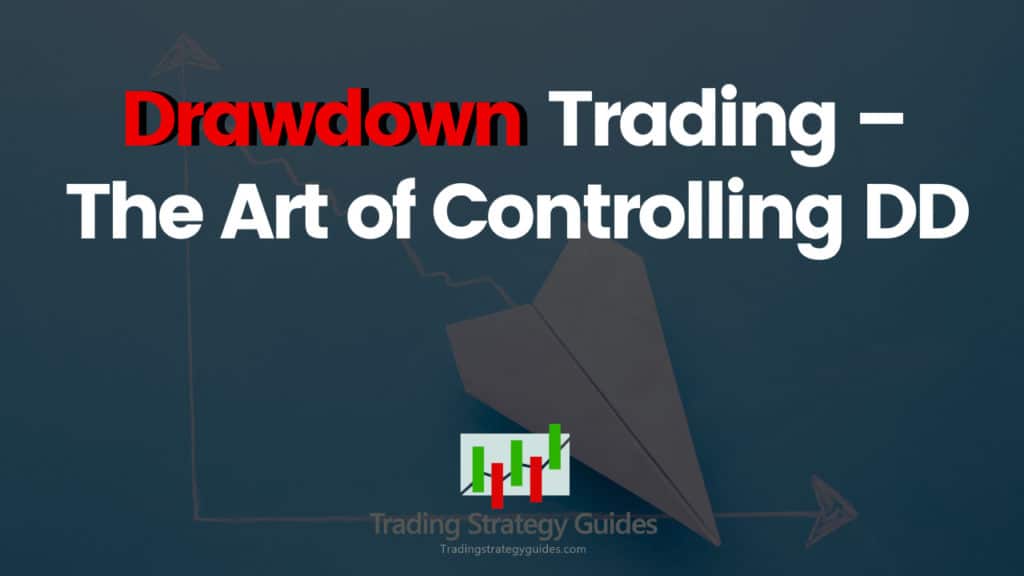
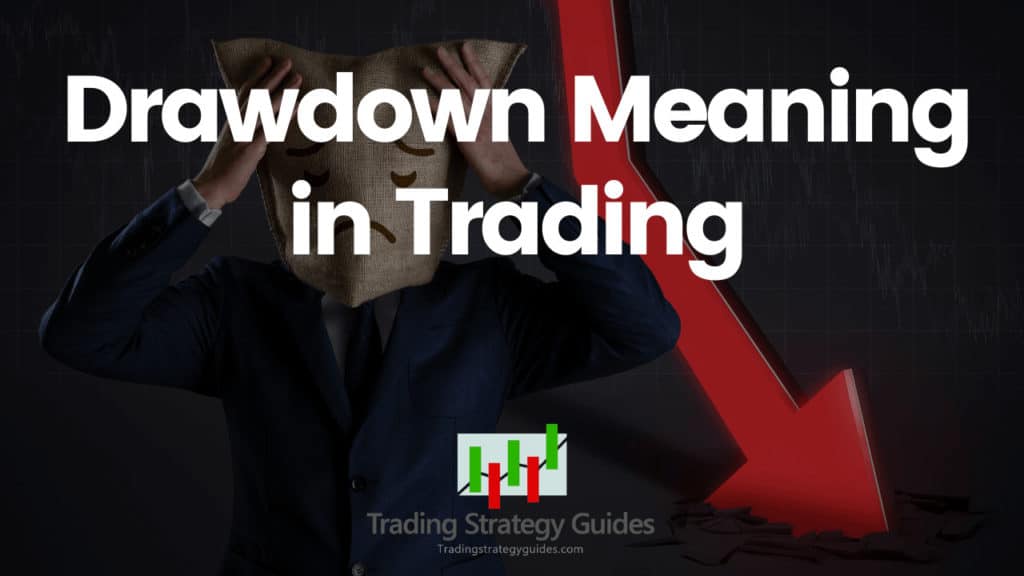
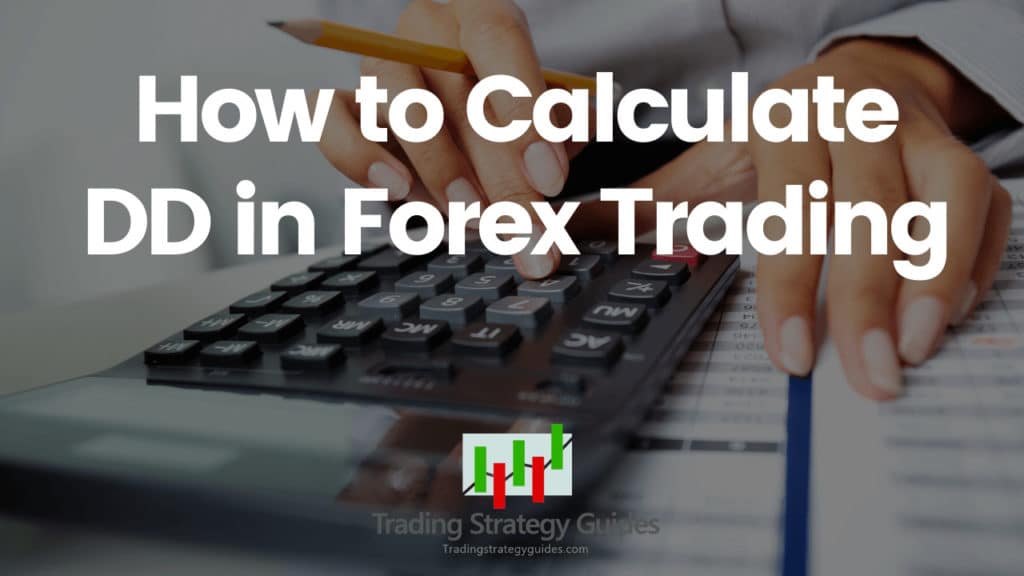
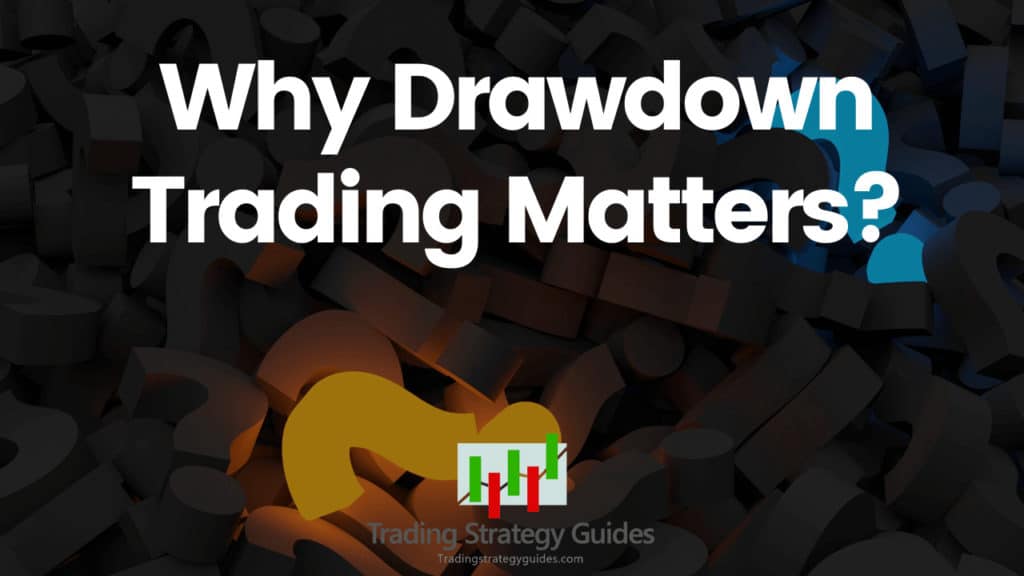
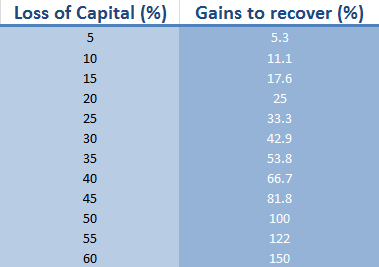
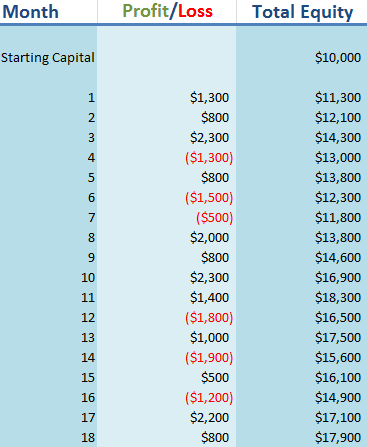
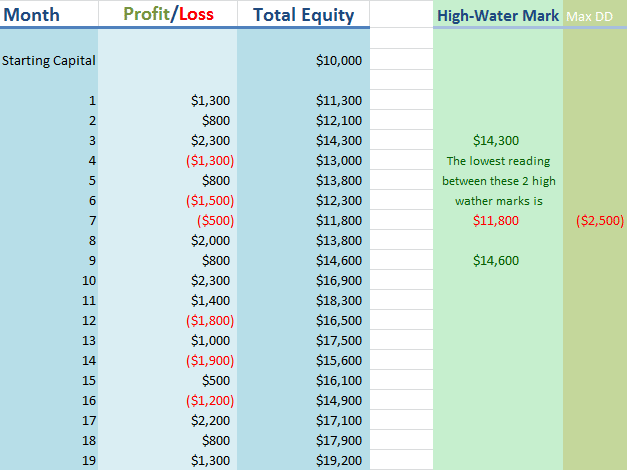







What do you think about drawdown after reading this article? Do you find it important to know this information?
Drawdown is serious business! I know, I’m a frequent victim even with automation!
Yes! A lot of traders get trapped and never find their way out. Thanks for the comment.
Very informative information handy to look back at in the future as well
Glad we could help 🙂
I don’t understand the math leading to the $2500 and $3400 drawdowns. Please show how it works out.
Sorry about that. Do you have anything specific you are having trouble understanding? The formula is found in the article as to how we calculated this.
i do martingale and DD is the main component of this strategy,more Dd ,the more your reward will be,sometimes if it is gone wrong than its difficult to control,i want to learn how to and when to start hedge to recover the losses,until the market reverses.
Great, keep it up!
Thank you for sharing this knowledge. For really I had to learn the hard way that Dds are part of the game, for 1 can have 2 profitable weeks & the next u get some Dds But now I’m glad with all the learning I have received from websites like yours, I’ve come to accept them as part of the family of trading as much as l get to accept the profits & I’m not afraid anymore to cut them off if there not profitable.
I found the article to be very helpful. Thank you!
Great!